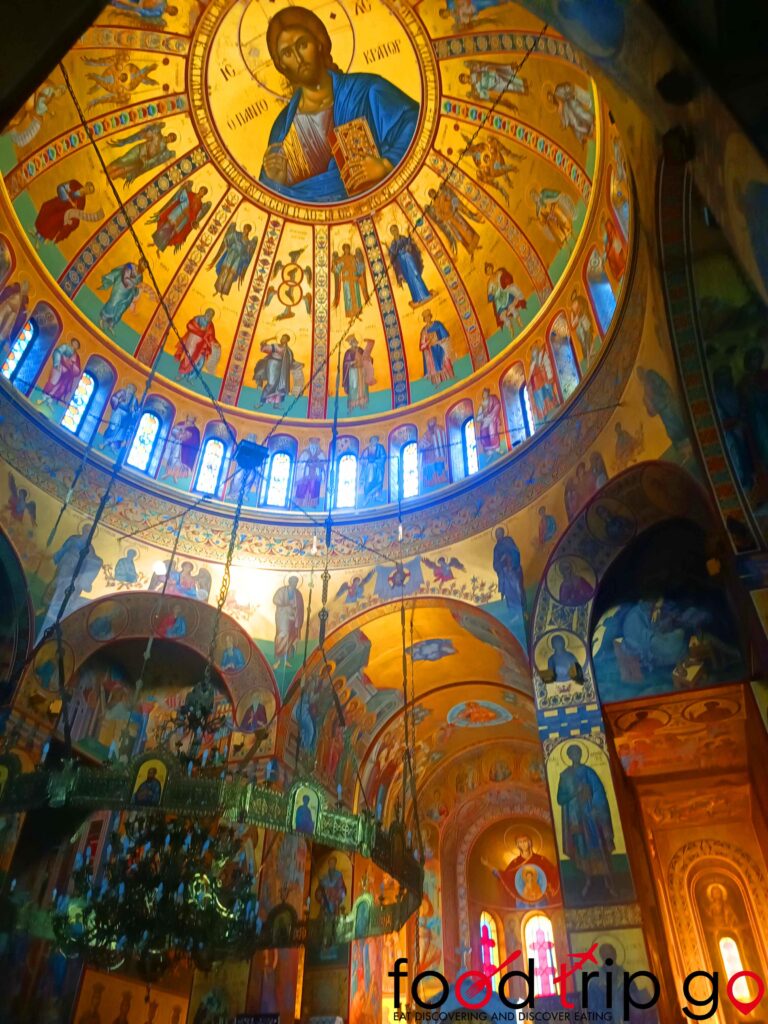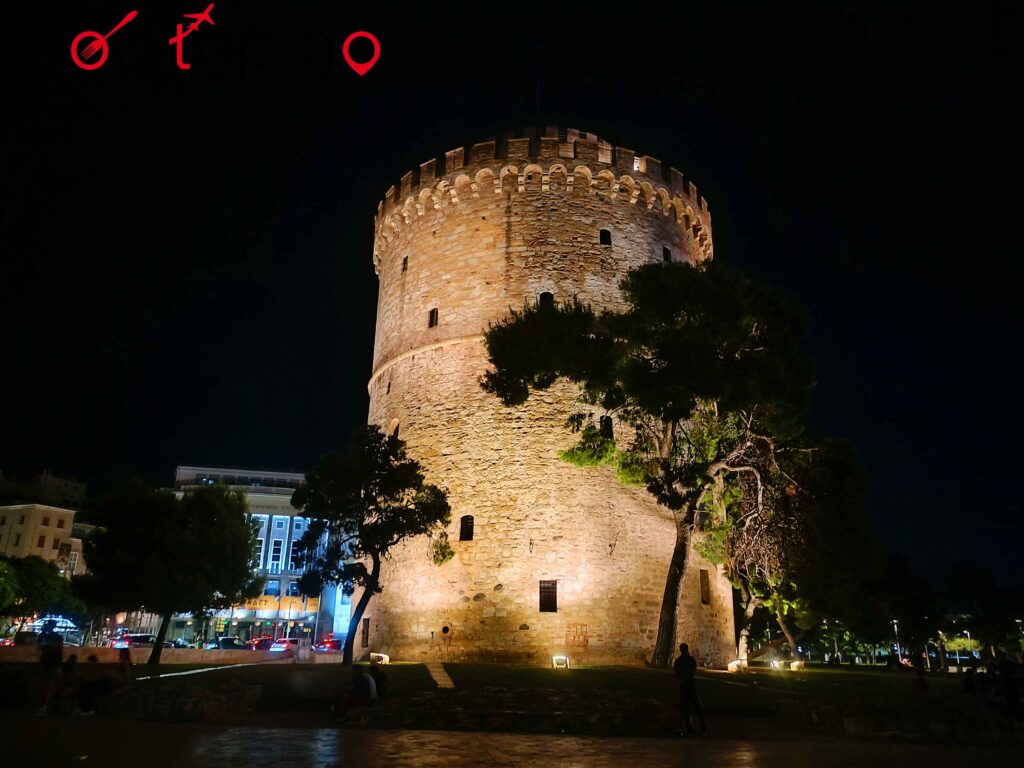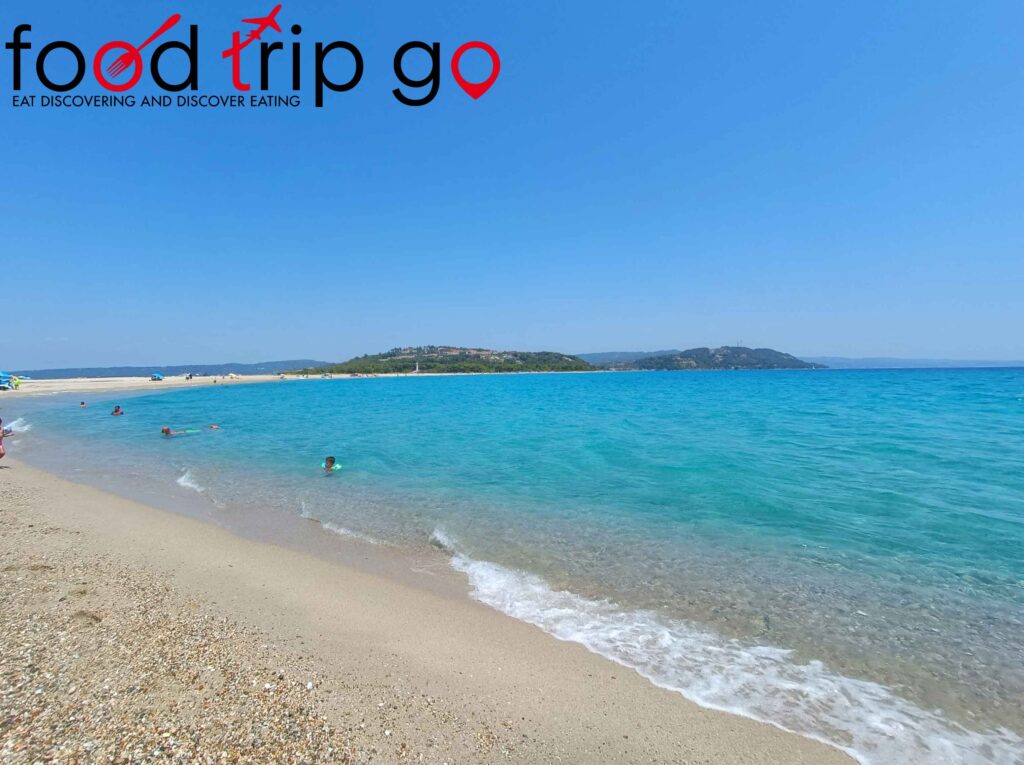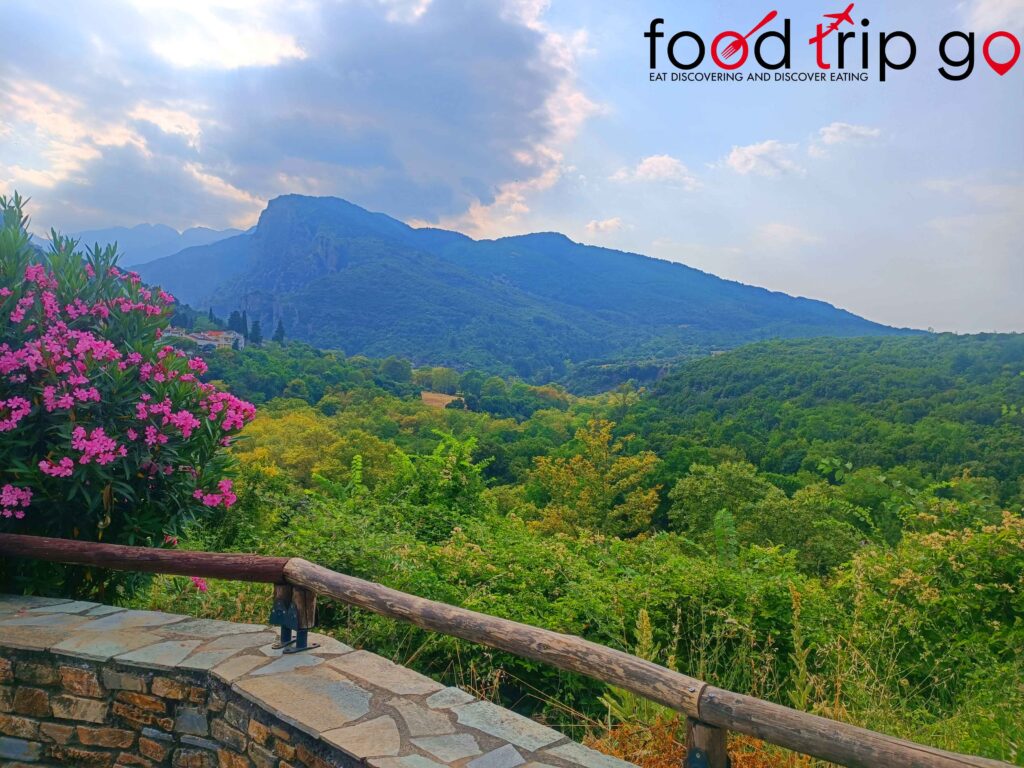From the charm of ancient monuments to the delicious local cuisine and enchanting beaches of Greece: a treasure trove to discover between past and present
Thessaloniki, located in the Macedonia region of Greece and overlooking the Aegean Sea, is the second largest city in the country after Athens and is a treasure trove of history and culture. As soon as you set foot in this fascinating city, you will be immediately struck by its centuries-old history and rich cultural heritage.
Around the city, you will come across numerous monuments dating mainly from Roman and Byzantine times. The heart of Thessaloniki is its historic center, where ancient monuments such as the White Tower and the Arch of Galerius stand out against the sky.
Thessaloniki is a destination that masterfully blends history with a lively nightlife atmosphere. Local taverns and restaurants serve traditional Greek dishes such as moussaka, souvlaki, and sweet delicacies like baklava. There is no better way to discover the local culture than through its cuisine.
Traditional dishes of Thessaloniki
The gastronomic identity of Thessaloniki is a harmonious blend of local flavors, culinary influences from cultures that have passed through the city, and culinary traditions brought by Greek refugees from Asia Minor, Pontus, and Eastern Thrace. This extraordinary blend of influences has resulted in a unique and delicious cuisine, made even more interesting by the creativity of modern chefs.
Bougatsa
Bougatsa is an ancient cake of Byzantine origin that can be either savory, with a cheese filling, or sweet, with semolina cream, powdered sugar and cinnamon. Today, this delicacy has evolved to include variations with fillings such as meat, spinach or chocolate.
Soutzoukakia
The contribution of Greek refugees from Asia Minor to Thessaloniki’s culinary history has been remarkable, especially during the last century. One of the most iconic dishes that have left an indelible imprint is the soutzoukakia Smyrneika. These oblong-shaped beef patties, spiced with cumin, garlic, and a pinch of cinnamon, were brought to the city by Greek refugees from Izmir in 1922. This comfort food is often served accompanied by a generous dose of spicy boukovo pepper.
Koulouri
Koulouri has a simple recipe: a ring of bread topped with sesame seeds, an excellent source of carbohydrates. Despite its simplicity, koulouri is renowned for its delicious flavor. For those who want a special touch, there are filled variations, including feta cheese, bacon, cream cheese and smoked turkey, raisins, chocolate or jam.
Spanakopita
Spanakopita is an exquisite Greek pie consisting of a layer of dough, filled with spinach, scallions, and crumbled feta cheese. This delicacy is widely spread in Greece and finds its greatest expression in Thessaloniki, where communities from Asia Minor, who settled in the 1920s, influenced the local culinary tradition with their skill in preparing delicate but flavorful pastries.
Bougiourdi
Bougiourd is a delicious Greek appetizer that is served in a distinctive earthenware dish and includes a generous portion of feta cheese, slices of fresh tomato and green peppers, all seasoned with olive oil, chili pepper (boukovo), salt and oregano. The feta is gratinated until crispy on the outside, but remains soft on the inside. The flavors come together in a delicious combination that goes perfectly with a glass of ouzo. Dip some crusty bread into the small earthenware pan to fully enjoy the deliciousness as a local would.
Pita Gyro
The basic ingredients are the same throughout Greece: gyros, a pork or chicken meat cooked on a vertical rotisserie, wrapped in pita bread along with chips, tomatoes, onions, and sauce. However, unlike the classic tzatziki, in northern Greece it is common to serve it with a spicy cheese sauce called tirokafteri. Another difference from the Athenian one lies in the size of the sandwich. The Thessaloniki gyro sandwich is known to be huge, so much so that the pita almost seems unable to hold all the ingredients, especially the hearty meat.
Wine
The vineyards surrounding Thessaloniki are rich in native grape varieties, including the whites Malagousia and Assyrtiko, and the reds Xinomavro, Mavroudi, and Limnio. In the countryside southwest of the city, just a 15-minute drive from each other, you will find three of Thessaloniki’s best wineries. These wineries offer an extraordinary opportunity to explore and taste local wines, allowing you to discover the richness of the Greek wine tradition.
What to see in Thessaloniki
Vlatadon Monastery and San Dimitrios Church
Vlatadon Monastery was founded in the 14th century and is nestled on the slopes of Mount Vlatadon, offering breathtaking panoramic views of the city and the Aegean Sea. Travelers can explore the well-preserved Byzantine architecture, admire sacred icons and soak in the tranquility of this ancient sanctuary. St. Demetrios Church in Thessaloniki is a Greek Orthodox basilica with origins dating back to the 4th century AD, built on a site that was originally a Roman bathhouse.
The Ladadika district, located on the west side of the harbor, has transformed its reputation from an infamous past to one of the city’s liveliest nightlife spots. Characterized by narrow, cobblestone-paved streets and neoclassical buildings, Ladadika is home to a mixture of abandoned houses and restored restaurants and cafes, offering a unique and vibrant atmosphere.
Ladadika district and Aristoteles square
Aristotelous Square represents the beating heart of Thessaloniki. This spacious paved square is bordered by elegant neoclassical buildings and surrounded by numerous cafes and restaurants. Just a few steps from the square, you can admire the majestic White Tower and the charming paved promenade, which provides an ideal atmosphere for relaxing strolls along the sea.
Agia Sofia Church and Agios Gregorios Palamas Cathedral
The Church of Agia Sophia in Thessaloniki is one of the oldest and most important churches in Greece. Built in the 8th century AD, it is a classic example of Byzantine architecture. The church has an inscribed Greek cross plan, with a central dome supported by four pillars. The interior is rich in mosaics and frescoes, dating from different historical periods.
The Cathedral of Gregory Palamas in Thessaloniki is a Greek Orthodox cathedral that combines Byzantine, Neo-Roman, and Neoclassical elements. It was built in the 13th century and was destroyed by fire in 1890. It was rebuilt in 1914 to a design by architect Ernst Ziller. The church is named after Archbishop Gregory Palamas of Thessaloniki, famous for his gift of healing. His relics are kept in the cathedral and are brought to the center to be venerated during services.

White Tower of Thessaloniki and Rotunda
The White Tower, erected in the 15th century after the Ottoman conquest of Thessaloniki in 1430, occupies the site of an earlier tower belonging to the city’s Byzantine fortifications, marking the eastern end of the defensive walls. Over the centuries, it has taken several names, including Tower of Lions in the 16th century and Kalamaria Tower in the 18th century. In the 19th century, it was called the Tower of the Janissaries when it housed the garrison of the Janissaries and Tower of Blood (Kanle Kule) when it served as a prison and execution for the condemned. However, in 1883, following reforms in the Ottoman Empire, Sultan Abdul Hamid II ordered the tower to be painted white and gave it the name “White Tower” to fit a new period of change.
The Rotunda of St. George in Thessaloniki, a UNESCO World Heritage Site, has a rich and versatile history, serving as a pagan structure, Christian church and Muslim place of worship. Built around 300 AD by Galerius, its original function is still debated, with some theories suggesting a dedication to Zeus. This unique circular building, inspired by Rome’s Pantheon, features a cylindrical masonry wall and a dome built entirely of brick, once decorated with majestic mosaics depicting sacred figures.

Possidi Beach, Port Glarokavos, Xenia Beach
Not far from Thessaloniki, about 100 km by car, are some of the most fascinating beaches in Continental Greece. Possidi Beach is a unique beach destination in the Chalkidiki region. Its name may derive from the ancient Greek veneration for the sea god, Poseidon. This beach is celebrated for its natural beauty, with breathtaking scenery and a varied coastline of sand and rocks.
Glarokavos is a renowned beach characterized by fine sand, fine gravel, and shallow waters. The area includes a small harbor suitable for small boats and is an ideal destination for relaxation. Xenia is a long beach characterized by a rich vegetation of pine trees that extends to the sea, providing shade during summer days.

Mount Olympus
About 100 km drive from Thessaloniki is the famous Mount Olympus, the highest mountain in Greece. Legendary as the home of the Greek gods, it is a mountain rich in mythology and biodiversity. With more than 1,700 plant species and a diverse fauna, this mountain was declared the first national forest in Greece. The predominance of limestone in the soil significantly influences the climate and appearance of the vegetation, contributing to the formation of deep valleys and steep slopes, such as the Enipea Valley.

Thessaloniki: a treasure trove of history, tastes and beaches
Thessaloniki enchants with its rich history and culture. From ancient monuments to delicious local delicacies, it offers a unique travel experience. Exploring its streets and tasting its flavors is a journey through centuries of tradition, enriched by the lively atmosphere of nightlife and the natural wonders of the surrounding beaches. A treasure trove of discoveries between the past and the present.
Discover more itineraries in Greece
UNFORGETTABLE GREECE: BOAT TOURS, BIKE RIDES, AND SEAFOOD FEASTS
THESSALONIKI: AN AEGEAN SEA TRAVEL EXPERIENCE OF HISTORY AND FLAVOR
METEORA: DISCOVERING THE MONASTERIES BETWEEN HEAVEN AND EARTH
ATHENS, THE CRADLE OF ANCIENT CIVILIZATION, PHILOSOPHY AND MEDITERRANEAN CUISINE